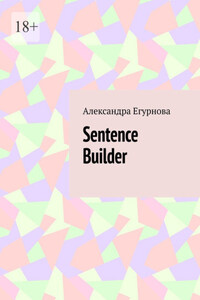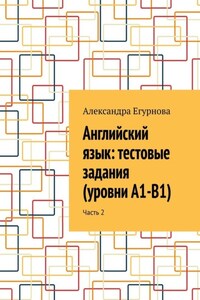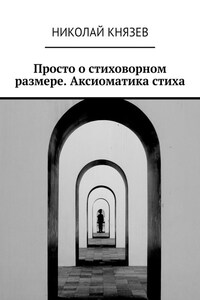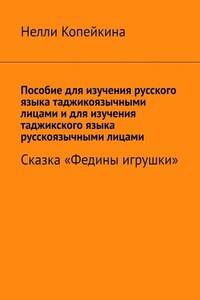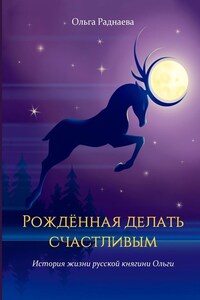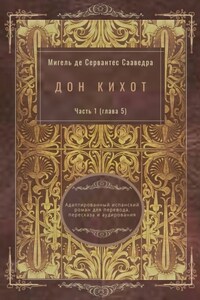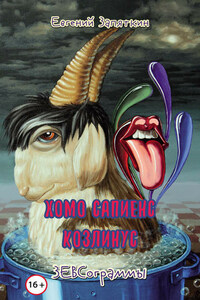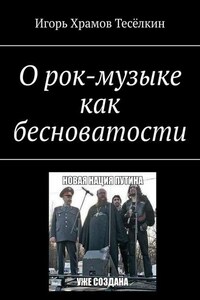1. A compound sentence contains two or more independent clauses joined by a coordinator. The structure of a compound sentence sends certain messages to readers. First, it tells readers that the sentence contains two ideas, each one deserving its own independent clause. Second, it tells readers that these two ideas are approximately equal in importance, since they are balanced as a pair.
A number multiplied by zero is zero, and a number multiplied by one is the same number.
Число, умноженное на ноль, равняется нулю, а число, умноженное на единицу, равно самому себе.
2. Compound sentences can be formed in three ways:
a) by using coordinating conjunctions (and, but, for, nor, or, so, yet) or a or by a set of correlatives (either-or, neither-nor, not only-but also, both-and). Except for very short sentences, coordinators are always preceded by a comma.
They may take our lives, but they will never take our freedom.
Они могут убить нас, но не могут забрать нашу свободу.
Not only do our parents encourage us to work hard, but also they reward us when we succeed.
Наши родители не только побуждают нас работать усердно, но и поощряют нас, когда мы добиваемся успеха.
b) by using the semicolon, either with or without conjunctive adverbs (also, besides, hence, for example, however, meanwhile, then, so, finally, as a result, earlier, that is, in fact, however, thus).
The apples weren't selling very well; so he decided to have a sale.
Яблоки покупали плохо, поэтому он решил устроить их распродажу.
Note. When two independent clauses are joined by a long linker (consequently, therefore, henceforth, however, moreover, nevertheless, as a result) there is a semicolon in front of that linker and a comma behind it. When only a semicolon is used to link independent clauses, the clauses should be thoroughly parallel in structure and word choice.
I can recite lists of irregular verbs any time of the day or night; therefore, I am idolized by my students.
Я могу в любое время перечислить все неправильные глаголы, поэтому мои ученики боготворят меня.
October days are often beautiful; November days often aren’t.
Дни в октябре красивы часто, в ноябре – никогда.
c) by using the colon instead of a semicolon between two sentences when the second sentence explains or illustrates the first sentence and no coordinating conjunction is being used to connect the sentences.
Rabbits make good pets: they don’t make too much noise and they are clean.
Кролики – хорошие домашние животные: они чистоплотны и не сильно шумят.
3. The semantic relations between the clauses making up the compound sentence depend partly on the lexical meaning of the conjunction uniting them, and partly on the meanings of the words making up the clauses themselves:
a) copulative conjunctions (and, neither…nor) express the addition of the meanings:
You would hardly ever see a cat walking outside of the house with its master, nor would you see a teenager in public with his or her parents very often.
Вряд ли ты сможешь увидеть кота, гуляющего по улице со своим хозяином, ты также не часто можешь увидеть на людях подростка в сопровождении своих родителей.
b) disjunctive conjunctions (or, otherwise, either…or) form a connection of the clauses with distinct alternatives of their meanings.
You can make a big poster, or you can make a little clay statue.
Ты можешь сделать или большой плакат, или можешь сделать маленькую глиняную статую.
c) adversative conjunctions (but, yet, still, nevertheless, however) form a connection of the clauses with opposition or antithesis of their meanings.
The boy didn’t want to practice playing the violin, yet he was afraid to disobey his mother.
Мальчик не хотел играть на скрипке, и в то же время он боялся ослушаться мать.
